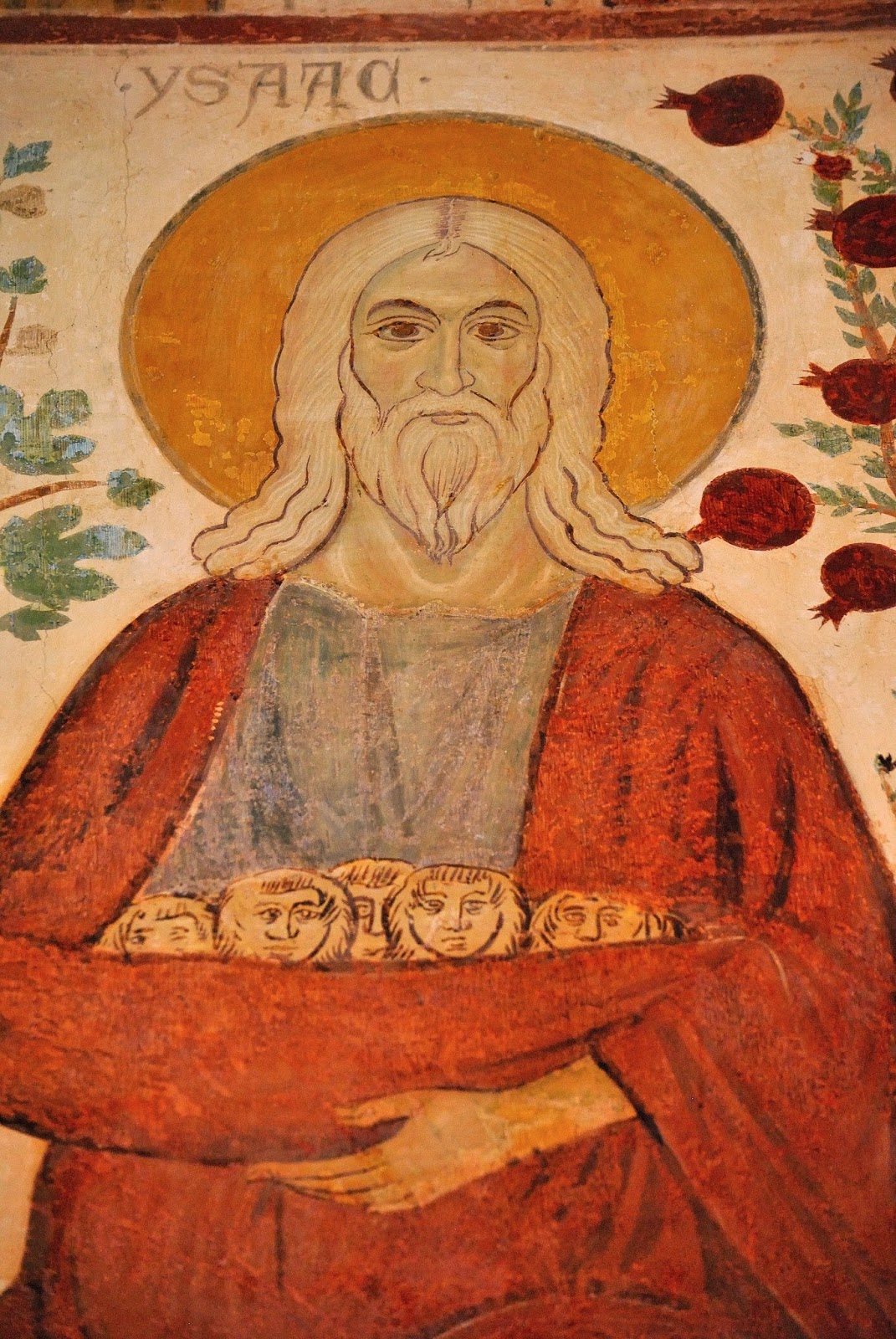The church of Santa Maria del Casale in Brindisi
represents a fantastic example of Gothic-Angevin of the 14th century.
It is pleonastic to remark that the Angevins were French.
The church has been built up in 1300 by Filippo il Bello, king of Taranto.
Nowadays, Santa Maria
del Casale is an Italian national monument.

On Friday 17th of April, there was presentation of the book Affari pubblici e devozione privata. Santa Maria del Casale a Brindisi, written by Giulia Perrino, edited by Caratteri mobili.
The event, held within
the church, has been arranged by Italia Nostra.
The invites were
Giulia Perrino, author of the book. Valentino Pace, Prof. at the University of
Udine in History of Art. Finally, Don Mimmo, priest of S. Maria del Casale.
The moderator, Domenico
Saponaro, president of the local Italia Nostra,
calls upon Prof. Pace to speak.
The Prof. complaints about the presence of wooden seats in front of the altar, which are contrast with the style of the church itself . He invokes the intervention of Sovrintendenza dei beni culturali to remove them.
“From Monopoli till
Lecce, there is a magnificent heritage of rock churches. Decorated by
astonishing paints, this heritage is
unique.
The Prof continues: “Brindisi
has a wide cultural heritage. Today, for instance, I have been admiring the
church of Santa Teresa for more than two hours.”
“Talking about the book”
the Prof says “this is a research made on the history of art field, with a
focus on messages. As the author reports, these frescos reveal messages of social
achievement and self affirmation by those families who have commissioned it”.

“The heraldry is the leit motif of this research. The stemma (coat of arms) are like logos of nowadays”.
Prof. Pace continues “In Italy, historians of art and heraldry researchers are totally separated.
However, heraldry is without any doubt part of the history of art”.
“In this church you can
clearly see the aristocracy’s ostentation”.
At the end of his speech, the audience applauds Prof. Pace
Now, it’s the round of
Giulia Perrino.
She begins: “these
frescos allow us to understand the main actors of the 14th century”
“The devotion to the
icon of Santa Maria del Casale, turns into an instrument of political
communication”.
The author continues: “As you can see in this fresco, Nicola della Marra interacts with the Holy Virgin directly, without mediator”.

“The frescos ordered here by the Tocco’s family have echoes of Armenian, Syro-Palestinian and Byzantine art”.
She ends up saying:
“What I have studied here is just a small part of what this church may offer”.
The extreme importance
of this church is represented as well by the event which took place here: the
process to knight Templars.
This is a very good
reason to come to Brindisi and visit Santa Maria del Casale.
Don Mimmo will welcome
you.







No comments:
Post a Comment